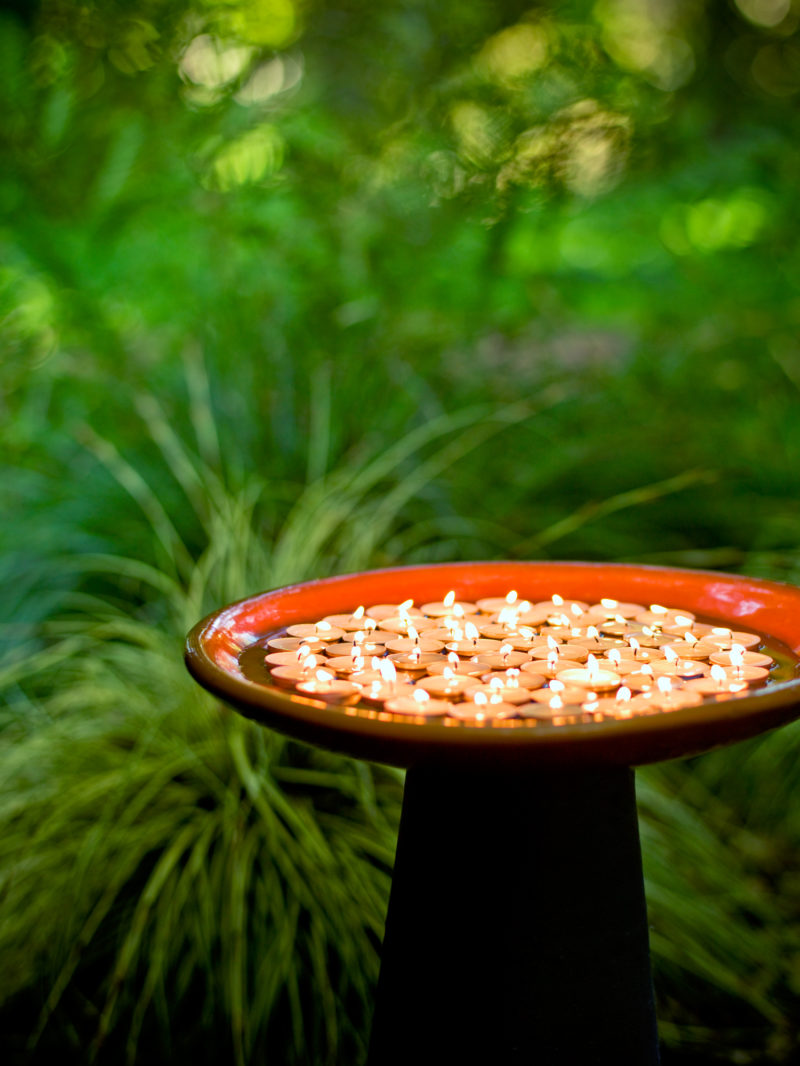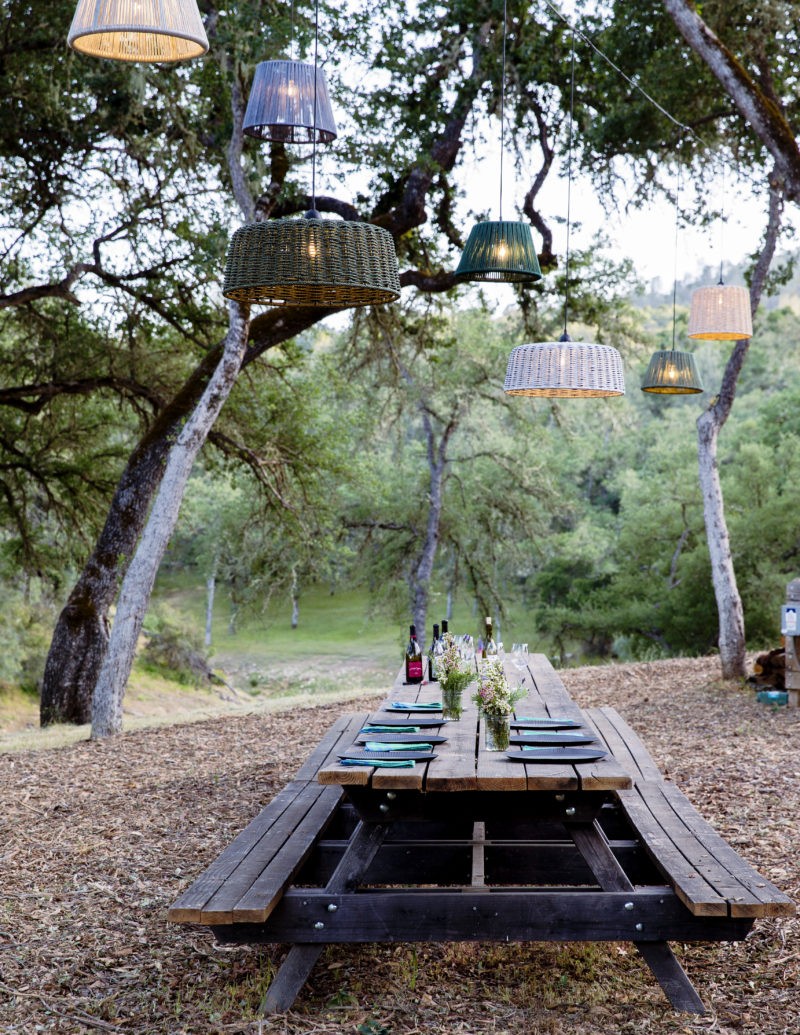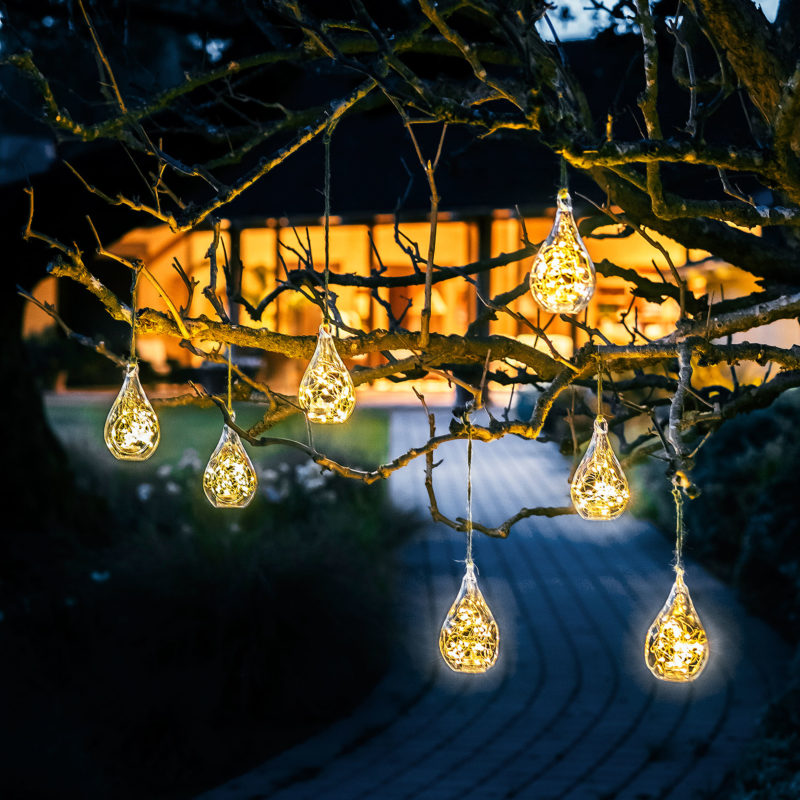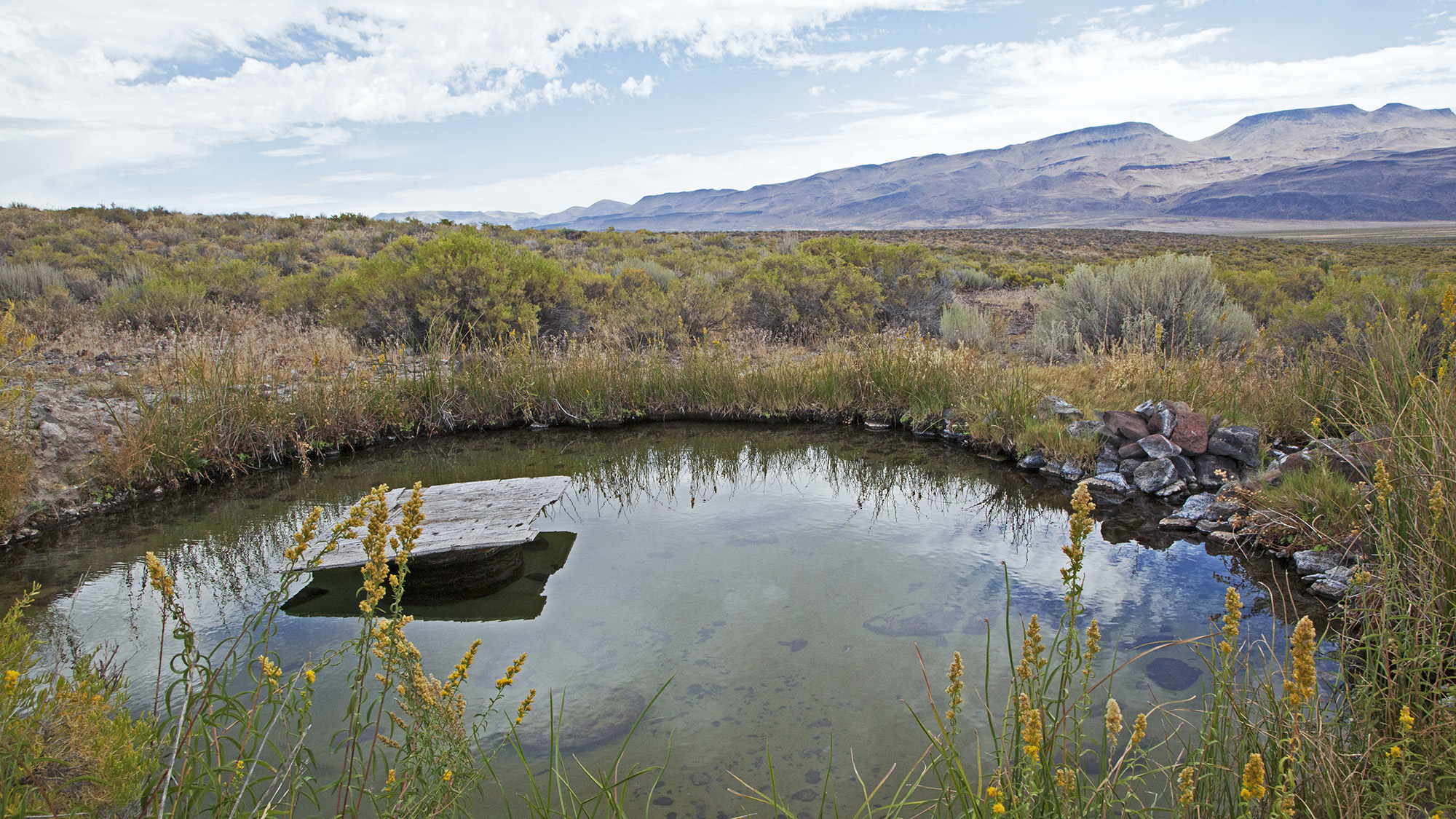
When you suffer the loss of a loved one, there is no formula for getting back on your feet, no one-size-fits-all strategy for healing a broken heart. That's because grief is a completely unique experience, which presents itself differently from person to person and from culture to culture. Some people cry their way through the devastation, others reflect in silence, and still others turn to celebration as a way to get through mourning. No wonder new research suggests that the often-touted “stages of grief” may be more of a general suggestion than a well-worn path towards healing.
What We All Feel After a Loss
Despite these differences in how we grieve, researchers have pinpointed one key feeling that commonly accompanies grief:
The sense of losing control.
“Typically when you grieve, you feel as if something really bad happened and now you have no real control of your life,” says Michael Norton, PhD, a professor at Harvard Business School who has studied how people handle death and loss. But, embracing a ritual can make you feel a bit more grounded and in control during tough times, says Norton, ultimately helping you heal.
The Power of Creating a Ritual
When Norton first began looking into rituals, he found they could enhance everyday experiences: One of his early studies showed that people who had a methodical process for coffee preparation enjoyed drinking it more than those who didn't. But it was the ubiquity of grieving rituals—what a person does when someone close dies or a relationship ends—that really stood out to him.
“We sent out a survey asking if people performed rituals when someone dies,” says Norton. “Among those who responded, very few people mentioned anything about funerals or going to temple or church. Those things happened, but almost all people who had rituals mentioned something that they did by themselves that was private and idiosyncratic.”
The rituals they catalogued took on many forms. One woman regularly washed the prized car of her deceased husband, repeating one of his weekly behaviors and saying that it helped her feel more connected to his memory. A man who lost his wife kept up some of the same errands they used to do together, which helped him keep her memory alive.
According to the results of the initial survey and subsequent studies, these rituals helped people experience grief without getting stuck in feelings of sadness or loss. They were able to regain a sense of control of their lives and emotions, which allowed them to reflect on the departed loved one without feeling as upset or confused about what happened.
Find a Ritual That Works for You
Of course, the above examples are deeply personal, not suggestions that work universally. “This doesn’t mean that everyone should go and wash their car,” says Norton. “If you are experiencing grief, find an activity or an event and try to honor the person through that.”
By engaging in a unique behavior that honors the person you lost, you will conjure up memories of their positive qualities and be better able to reflect positively on shared experiences.
The idea is to create a habit that helps create a sense of connection more than reinforcing the feeling of loss.
While Norton's research suggests that around 85% of rituals are done in private and alone, there are volunteer groups dedicated to helping the grieving establish connection. For example, Family Lives On, a nonprofit based in Pennsylvania, helps teens and children who've lost a parent create what they call “opportunities for intentional remembering.” Each year volunteers help recreate a treasured family tradition, building more positive memories.
What Not to Worry About After a Loss
If you're going through a tough time, don't worry about whether or not you are grieving “right” or how much longer it's going to last. Grief often takes more or less time than you might think, says Norton, and the way you experience it may look very different from what you see on TV or in movies. Although it may hurt and be scary, do let yourself feel: “One thing that most research shows pretty consistently is that suppressing emotions or pretending you’re not having them is not an effective strategy for dealing with grief,” says Norton.
So feel what you feel, and when you're ready, use ritual to channel that emotion into something more positive.































